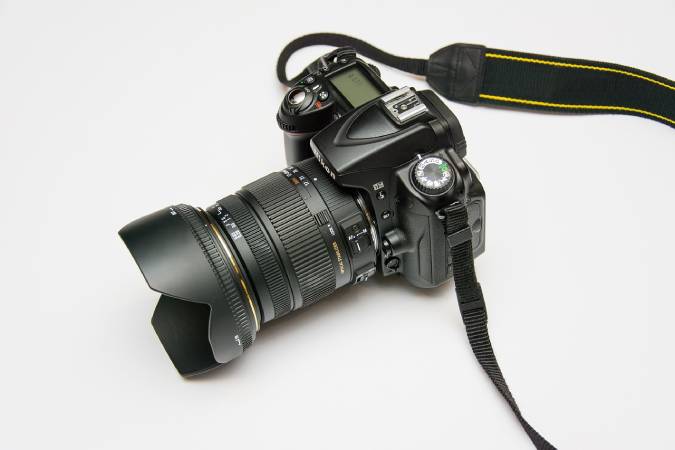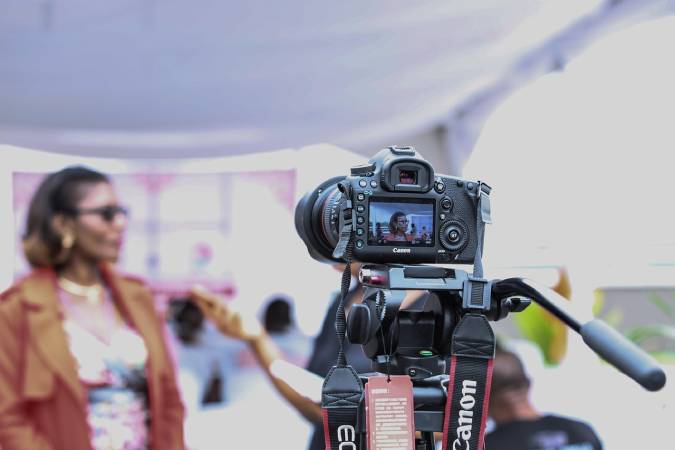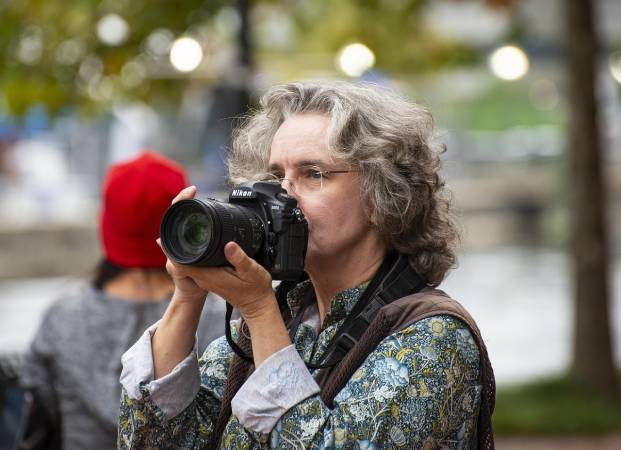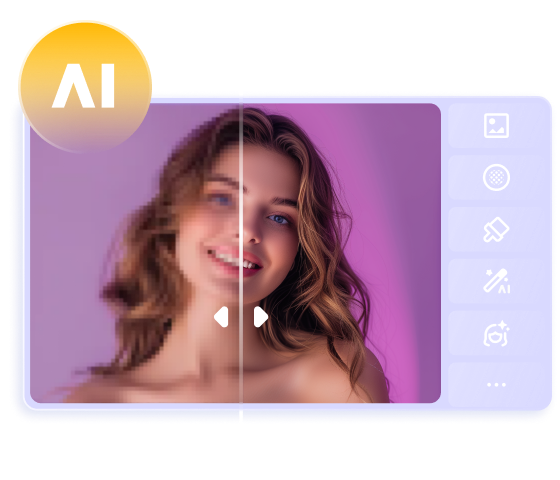Tips to Master in Theatre Photography
In the world of photography and videography, the right equipment can make all the difference. One key component that often confuses beginners and even some seasoned photographers is the hot shoe and cold shoe. While they both serve as mounts for accessories, their functionalities and applications vary significantly. This guide aims to clarify these differences, helping you understand when and how to use each type effectively.
1. What is a Hot Shoe?
A hot shoe is a metal bracket typically found on the top of a camera. Its primary function is to allow photographers to mount and connect various external accessories. Unlike its counterpart, the cold shoe, a hot shoe features electrical contacts that enable communication between the camera and the attached device.
Characteristics of a Hot Shoe
- Electrical Contacts: These metal contacts facilitate data exchange and power delivery between the camera and the mounted accessory.
- Common Accessories: Hot shoes are most commonly used with external flashes, microphones, LED lights, and even wireless triggers.
Functionality
The ability of a hot shoe to transmit information means that it can control certain features of the attached accessories. For example, when you mount an external flash on a hot shoe, the camera can communicate with the flash to automatically adjust settings for optimal exposure. This feature is known as Through-The-Lens (TTL) exposure metering, which simplifies the shooting process and enhances image quality.
2. How Does a Hot Shoe Work?
Using a hot shoe is straightforward. You slide the compatible accessory into the hot shoe slot and secure it in place. The camera and accessory then establish a connection, allowing for two-way communication.
Example of Operation
When a microphone is connected through a hot shoe, it can relay audio data to the camera. The camera may then adjust its settings based on the audio input, maintaining a consistent level for recording. This capability is invaluable for video production, where sound quality is just as important as visual quality.
3. What is a Cold Shoe?
In contrast to a hot shoe, a cold shoe is a mount that lacks any electronic connections. While it uses the same attachment system and receptacle, it serves a purely mechanical function.

Characteristics of a Cold Shoe
- No Electrical Contacts: Cold shoes do not transmit data or power, making them simpler but less versatile than hot shoes.
- Common Uses: Cold shoes are often used to mount accessories like LED lights, audio recorders, or monitors, particularly in situations where electronic communication is unnecessary.
4. How Does a Cold Shoe Work?
Using a cold shoe is similar to using a hot shoe, but with limitations. You slide the accessory into the cold shoe slot, but there’s no communication back and forth between the camera and the accessory.
Use Cases
Cold shoes are often employed for mounting non-powered accessories or when you want to position items at a distance from the camera. For instance, if you’re using an on-camera light or a shotgun microphone, a cold shoe can help you mount these items securely without needing to worry about electrical connections.

5. Key Differences Between Hot Shoe and Cold Shoe
Understanding the key differences between hot and cold shoes can greatly impact your shooting experience. Here’s a breakdown of the main distinctions:
Electrical Contacts and Connectivity
The most fundamental difference is the presence of electrical contacts in hot shoes. These contacts allow for an intelligent communication channel, enabling the camera to read information from the accessory and send commands back. Cold shoes, on the other hand, do not offer this feature, limiting their functionality to mere mounting.
Power Delivery Capability
Hot shoes can deliver power to connected accessories, eliminating the need for separate batteries. This feature is particularly useful for flashes and microphones, reducing the overall weight and complexity of your setup. Cold shoes do not provide power, so any accessory attached will need its own battery or external power source.
Accessory Compatibility
Hot shoe accessories must be compatible with the specific camera’s connector system. Each camera brand has unique designs and specifications for hot shoes, which can limit interoperability. Cold shoes, meanwhile, have a universal design that allows almost any accessory to fit, regardless of the brand.
Expanded Functionality and Automation
Because hot shoes facilitate constant data exchange, they enable advanced functionalities that cold shoes cannot. For example, TTL flash exposure allows for automatic adjustments based on lighting conditions, while cold shoes require manual adjustments.
Cost and Complexity
The engineering behind a functional hot shoe is more complex, making it generally more expensive than a basic cold shoe. Manufacturers must ensure that hot shoes are robust and safe since they deal with electrical connections. Cold shoes, being simpler, are less costly to produce.

6. Choosing Between Hot Shoe and Cold Shoe
When deciding whether to invest in a camera with a hot shoe or cold shoe, consider the following factors:
Types of Accessories You Plan to Use
If you plan to use accessories that require electronic communication—like TTL flashes or wireless microphones—a hot shoe is essential. Conversely, if your gear primarily consists of non-powered accessories, a cold shoe will suffice.
Portability and Power Needs
For on-location shoots, a hot shoe setup is advantageous because it integrates with the camera’s power source, reducing the need for additional batteries and cables. For studio setups, where power sources are readily available, cold shoe accessories can provide flexibility without the need for electronic connections.
Budget Constraints
Hot shoe-compatible devices and cameras are often more expensive due to their advanced functionalities. If you're on a budget, consider using cold shoe accessories and gradually upgrading to hot shoe versions as funds allow.
7. Tips for Using Hot Shoe and Cold Shoe
To make the most of your camera mounts, keep these tips in mind:
Hot Shoe Usage Tips
- Gentle Attachment: Always attach accessories gently to avoid damaging the electrical contacts.
- Check Alignment: Ensure that the contacts align properly before tightening the accessory.
- Use a Protector Cap: When not in use, consider using a hot shoe protector cap to prevent dust and debris from entering.
- Carry Desiccant Packs: To avoid condensation issues, carry silica gel packs in your camera bag.
Cold Shoe Usage Tips
- Periodic Cleaning: Regularly clean and lubricate the cold shoe cavity to ensure smooth operation.
- Secure Your Accessories: Tighten the retaining wheel or thumbscrew well to prevent accessories from shifting.
- Consider Safety Measures: Use a safety lanyard or cross-arm brace to avoid accidental drops.
8. Popular Accessories for Hot and Cold Shoes
Hot Shoe Accessories
- External Flashes: Essential for achieving perfect lighting. Popular options include Canon Speedlite and Nikon SB-5000.
- LED Video Lights: Great for both video and photography. Check out Godox LEDP260C for powerful lighting.
- Shotgun Microphones: Perfect for capturing audio directionally while preventing background noise.
Cold Shoe Accessories
- Cold Shoe Mounts: Useful for attaching larger monitors to your setup, enhancing visibility and usability.
- Multipurpose Clamps: These allow you to position accessories closer to your subject, offering more flexibility in framing shots.
- Field Monitors: Essential for better viewing, especially in video production.
FAQs
Q1. What is the difference between a cold shoe and a hot shoe?
A1. The primary difference lies in the presence of electrical contacts. A hot shoe features connections that allow for data exchange and power delivery, enabling automatic adjustments and advanced functionalities. In contrast, a cold shoe is a simple mechanical mount without any electronic connections, limiting it to basic support for accessories.
Q2. What are the benefits of hot shoeing?
A2. Hot shoeing allows for seamless integration with electronic accessories, enabling features like TTL exposure, automatic adjustments, and remote control. This functionality simplifies shooting and enhances creative possibilities, especially in dynamic environments where lighting conditions may change rapidly.
Q3. How to test a hot shoe?
A3. To test a hot shoe, attach a compatible accessory, such as an external flash or microphone. Ensure that it fits securely. Activate the camera and check if the accessory responds to camera settings—like adjusting flash output or audio levels. If the accessory operates as expected, the hot shoe is functioning correctly.
Conclusion
In summary, understanding the differences between hot shoes and cold shoes is crucial for any photographer or videographer. Each type of mount serves distinct purposes, and knowing when to use each can elevate your shooting experience. If you are keen on automating functionalities and integrating electronic accessories, a hot shoe is the way to go. On the other hand, if you prefer a simpler setup with more manual control, a cold shoe will fit your needs perfectly.
Now that you have a comprehensive understanding of hot and cold shoes, it’s time to assess your photography needs and gear up for your next shoot!




 HitPaw Univd (Video Converter)
HitPaw Univd (Video Converter) HitPaw VoicePea
HitPaw VoicePea  HitPaw VikPea (Video Enhancer)
HitPaw VikPea (Video Enhancer)



Share this article:
Select the product rating:
Daniel Walker
Editor-in-Chief
This post was written by Editor Daniel Walker whose passion lies in bridging the gap between cutting-edge technology and everyday creativity. The content he created inspires the audience to embrace digital tools confidently.
View all ArticlesLeave a Comment
Create your review for HitPaw articles